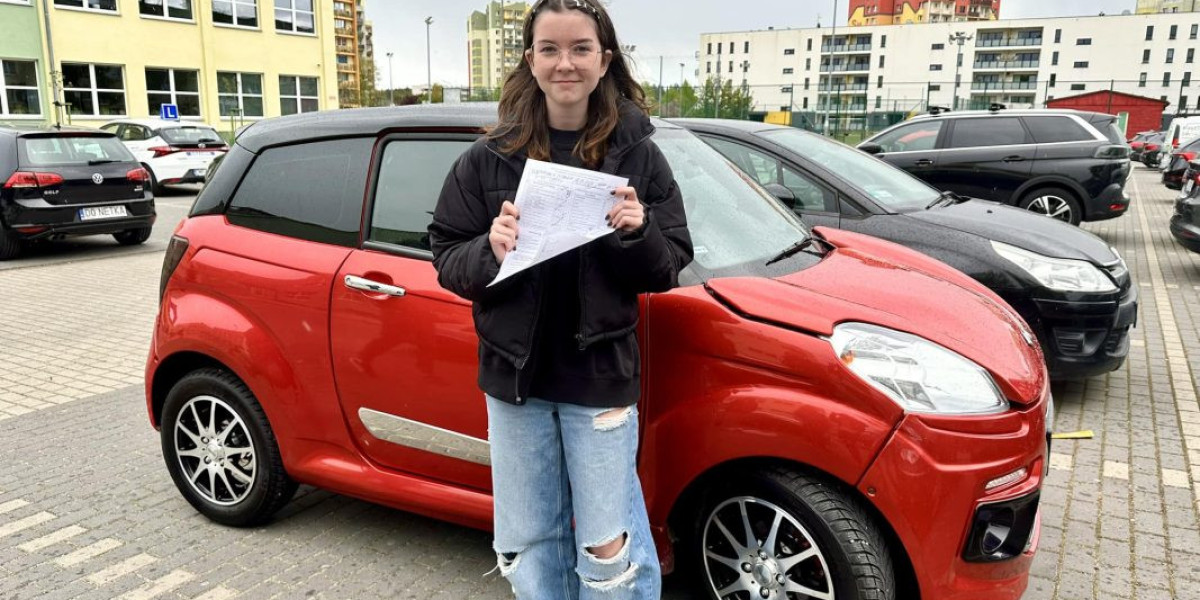A class B CDL permits drivers to drive a vehicle that weighs more than 26,000 pounds, or a trailer that weighs less than 10,000 pounds. This kind of license is ideal for drivers looking to get on the ground floor with trucking companies.
 You can also upgrade within the CDL class. It's easier to move from class B into class A if you already have several endorsements.
You can also upgrade within the CDL class. It's easier to move from class B into class A if you already have several endorsements.What is the definition of a CDL license?
A Commercial Driver's License is a special permit that permits you to drive vehicles that are larger than the ones used for personal transportation. The type of CDL you need depends on the type of vehicle you are driving and its intended cargo, as well as whether it will be transported across state boundaries. The federal government regulates these specialized licenses. They are divided into classes according to the weight of the vehicle and cargo.
A Class B CDL is for those who operate single trucks that have a GWR of at least 26,001 pounds or greater, and it allows you to carry a trailer that does not exceed 10,000 pounds. You are also able to earn CDL endorsements or "extra permissions" which permit you to drive other types of commercial vehicles. A HazMat endorsement is among the more common of these.
This kind of CDL is most often used by truckers who work in the delivery industry, transporting goods locally and across the region. They drive straight trucks and a single trailer or combination of vehicles, which include the dumptruck and a small trailer.
Some drivers utilize a class A CDL for passenger and school bus operations. They are responsible for safely transporting passengers, including children, to and from school, as well as to field trips and other activities.
Qualifications for a class B CDL vary by state, but all states require a high school diploma and an impeccable driving record to apply. You may also have to meet the age requirements for operating commercial vehicles, which is typically 21 years old. Drivers who plan to drive across state borders must also have a Department of Transportation physical capability card. The federal government requires this document to be able to qualify for the CDL. You can find out more on the Department of Transportation's website in your state. You should also consult your state's regulations regarding other requirements, such as an examination for medical conditions and proof of insurance. Certain states make these requirements simpler for those who have a valid noncommercial driver's licence or state identification card.
Requirements for Class B CDL
A Class B CDL gives a driver the ability to drive a vehicle with a gross vehicle rating (GVWR), which is at least 26,001 pounds, that is not attached to a trailer. This includes vehicles such as straight trucks, busses and dump trucks with trailers that are small. The license also allows the driver to drive a vehicle that is placarded for transporting hazardous materials. After passing a knowledge and skills test, drivers with a Class A CDL can gain CDL Endorsements, or permits to operate certain types of vehicles.
The decision between a Class A or Class B CDL is crucial and could influence the career of trucking drivers. When making this choice it is crucial to carefully consider career goals, job market demands, training and testing requirements, as well as the implications for lifestyle. Choosing the correct CDL for your needs in the workplace is a crucial step on the road to becoming an experienced truck driver.
There are a number of advantages to choosing the Class B CDL over a Class A CDL, including shorter and less intense training. Class B drivers also find work faster because there is a demand for this type driving.
However, a Class B license is not the best option for those who wish to pursue a career in long-distance driving, as it limits the types of loads that can be hauled. If you plan to transport large loads should consider applying for a Class A CDL instead.
In addition, drivers with Class B CDL are not permitted to transport passengers, which is a key aspect of many trucking jobs. This restriction is intended to shield the passengers from exposure to hazardous conditions on the road.
Despite this limitation, there are still plenty of trucking jobs available which offer a lucrative career and a solid income. These range from delivery drivers, who work for companies such as UPS and FedEx, to bus drivers who ferry tourists around cities or across the country. Drivers also deliver food and drinks for restaurants and retailers.
Class C CDL requirements
A Class C CDL may be required to operate certain kinds of commercial motor vehicle that do not meet Class A or B licensing criteria. These vehicles are designed for the transportation of hazardous materials or passengers who require special handling. The process of getting a CDL involves a number of steps, including completing driver training and passing written and driving tests. Also, you must pass background checks and medical examinations. A thorough study of the Commercial Vehicle Driver's Manual is an essential step in the process, since it teaches the skills needed to pass the test and operate an automobile safely and effectively.
You must first have a valid license from a state that recognizes commercial drivers before you begin the training and tests to obtain your CDL. You'll also need to prove insurance proof, and conduct a background check which includes a credit check and fingerprinting. Some states offer online fingerprinting or background checks, but they are not as accurate and b1 prawo jazdy (related internet page) thorough as live sessions.
You also need to be able to show a valid medical examination by a healthcare professional who is certified. The healthcare professional will need to be registered with the National Registry and certify your vision, hearing and blood pressure as well as your general physical state. Before scheduling the exam, you should determine if your healthcare provider is on the list and confirm that they are able to perform the test that your state requires.
Your license will be issued once you have completed both the written and driving sections of the test. It will likely be engraved with a "C" to indicate that it is a CDL. You might be required to include an "P" or "H" endorsement to operate vehicles with passengers or hazardous materials or hazardous materials. These endorsements aren't required to drive a Class C vehicle, but can make you more attractive when it comes to job opportunities.
You must first obtain an authorization to add an endorsement. This is a simple procedure, but you'll have to study for and take the appropriate test. You'll also need follow any other steps specific to the endorsement. If you are planning to add air brakes, you'll be required to pass the Skills Test on a vehicle that has air brakes.
Endorsements for Class B CDL
Endorsements are additional permissions that permit you to operate certain kinds of vehicles within a particular CDL class. These include double or triple tractor-trailers as well as school buses, passenger vehicles that carry 16 or more (including the driver) as well as hazmat cargo and tankers. To obtain an endorsement, it is usually passing a second commercial driver's licence written exam and possibly a test of skills.
Class B CDL holders can drive lighter commercial vehicles like straight trucks and box trucks (like delivery trucks) as well as large buses (city, school, or tourist), and dump trucks with small trailers. This permits them to work locally or on long-distance routes based on their preferences and the needs of their employers.
The most commonly used CDL endorsement for hazmat is that it allows you to transport hazardous materials legally. This type of endorsement can be added to the Class A or Class B CDL.
The Passenger endorsement or P, allows you to drive passenger vehicles, such as city buses and motorcoaches. You can also add this endorsement to a Class B CDL and it is required for those who want to become school bus drivers.
For those who want to drive triple or double trailer freight, the T endorsement is available to Class B CDL holders. This permits them to operate these trucks that are more prone for rolling over than single trailers due to their length and size.
In addition to these endorsements for specialized purposes you can also obtain an S endorsement. This is required to be a school bus driver, and you are able to get it after completing the P endorsement.
A Class B CDL is a good choice for those interested in local or regional trucking, such as local delivery companies, like UPS, FedEx and Amazon. It also gives those who aren't old enough qualify a Class A CDL more options. The only downside to a Class B CDL is that it restricts the ability to drive large over-the-road trucks, which may restrict your career options. However, it could be a great way to start your career as a truck driver.









